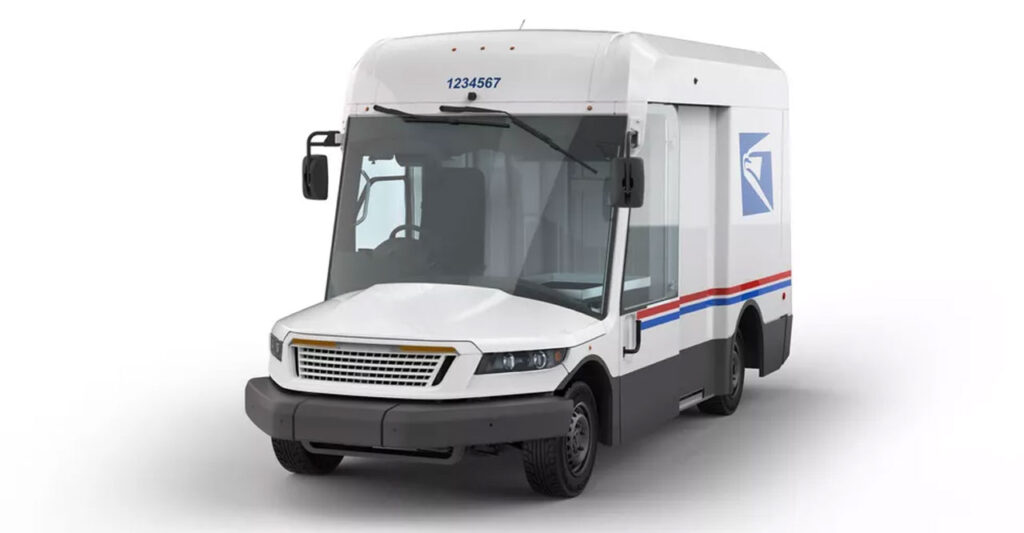The new US postal service fleet will be less efficient than Hummer H1, and almost saving more than the old vehicle, EPA has warned, throwing EV barriers into the multi-billion revamp about how American letters are sent. Although USPS has established a 10-year agreement because 165,000 specially designed vehicles – worth $ 6 billion – concerns have been raised that the opportunity for electrification is wasted.
The current fleet of the letter is aging, arguably long late. Manufactured between 1987 and 1994, Grumman LLV is a special design for USPS, with features such as roadside sitting positions for drivers, sliding doors, a very strict return radius for larger maneuverability, and 1,000 pound cargo capacity.
It was also designed to last a long time, even given the difficult conditions to be faced. The age of 20 was originally intended, but it was then extended to three decades. However, it also means that the design of the old fleet engine – first 2.5-liter inline-four, and then version 2.2 liters, paired with a low-directed transmission transmission – unknown efficiently. It was a regional observer hoping that the new USPS fleet would improve, but it might not happen.
While the next generation shipping vehicle (NGDV) – designed by Oshkosh Corp, with vehicles that are expected to be sent over the next decade – certainly looks more futuristic, their gas-powered drivetrain is not a game modifier, it seems. In a letter from the White House council in the seat of the Quality of Brenda Mallory, “the worries of it” from EPA around the environmental review carried out by USPS have requested a call to delay in the final agreement with Oskhosh Corp.
EPA shows that the economy of new vehicles will not increase above the real world of the 30-year-old design today. Obtained, on average, 8.2 MPG calculated EPA, Reuters report. The new USPS fleet, on the contrary, is expected to manage only 8.6 mpg. That means “barely improved for several decades of old old vehicles” they replaced.
The postal service plan to make 10 percent of all-electric new fleets, which is also very inadequate, EPA and the White House argues. After ten years, EPA counts, relevant annual fleet emissions will only be cut by 21.7%. Meanwhile, for two decades of long predictions from gas-powered vehicles, they will collectively emit the same amount of carbon dioxide as five coal power plants, or 4.3 million passenger vehicles.
In his letter, Mallory argued that the design of a new vehicle “presents important opportunities to utilize modern clean technology, reduce pollution, and maintain competitiveness over the next few decades.” He called for 70% of electrification from the fleet at the end of the decade, far greater than 10% USPS and Oshkosh Corp. currently intends. In the process, Biden Administration’s actions that are built better will contribute up to $ 6 billion for USPS, for things such as BEVs and power filling infrastructure.
The postal service, it is argued that the aggressive plan to embrace electrification might be struggling in terms of legal requirements for organizational operations.
“While we can understand why some of which are not responsible for the financial sustainability of postal services may prefer that we get more electric vehicles, the law requires us to be independent,” he said in a statement. While USPS emphasizes it according to the demands of the current environmental review, though “willing to accelerate the electrification rate of our shipping fleet if a solution can be found so that it does not damage postal service financially.”

